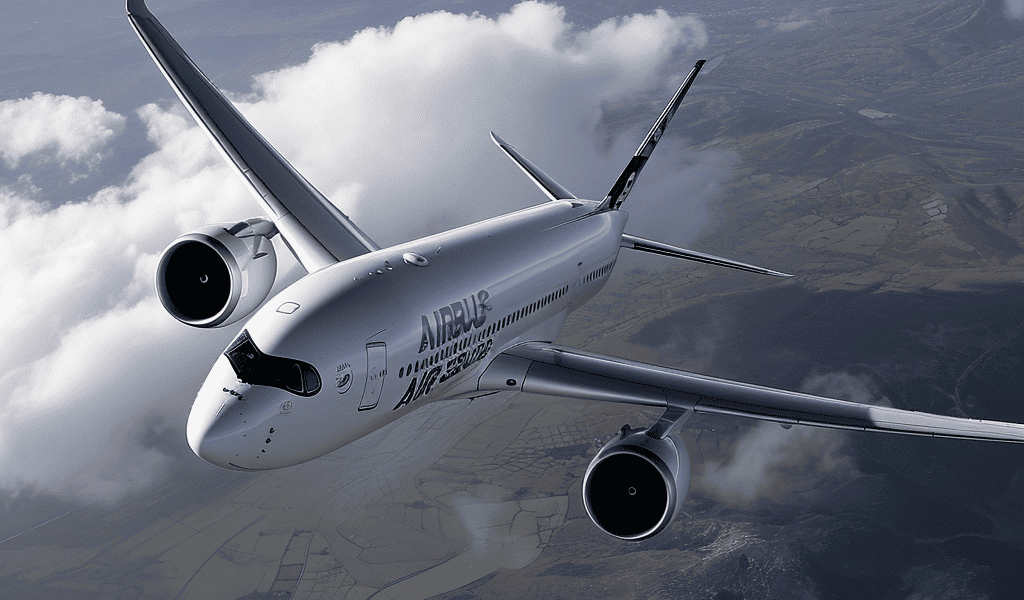We and our partners prioritize your privacy and strive to ensure the protection of your personal data. We may store and/or access information on your device, such as cookies, and process personal data, including unique identifiers and standard information sent by a device for personalized ads and content, ad and content measurement, and audience insights. Additionally, we use this data to develop and improve products. With your permission, we and our partners may also utilize precise geolocation data and identification through device scanning. You have the option to consent to the processing of your information by clicking ‘Agree’ or to access more detailed information and change your preferences before consenting or to refuse consenting. Please note that certain processing of your personal data may not require your consent, but you have the right to object to such processing. Your preferences will apply to this website only, and you can modify them at any time by returning to this site or visiting our privacy policy for more options.
Airbus A350: The Modern Jetliner That Sacrificed Itself To Save Every Soul Aboard
We’re often told that aviation is safer nowadays than any other form of motorized transportation. In no uncertain terms, you’re more likely to harm yourself buckled into a passenger car than you are strapped into a passenger airliner. It might be easy to pass this off as hyperbole, nothing more than a successful PR campaign like so many bold claims of history. But as a genuine, real-world testament about the safety of modern airliners, the Airbus A350 just delivered an impact statement.
At least, that’s a common sentiment after a Japan Airlines A350 collided with a Japanese Coast Guard De Havilland Canada Dash 8 utility plane after landing at Tokyo’s Haneda Airport the day following New Year’s Day 2024. Though five crew aboard the Dash 8 lost their lives, not a single soul aboard Japan Airlines Flight 516, including 12 crew and 367 passengers, was killed. Even as a post-crash fire threatened all onboard Flight 516, the A350’s suite of modern safety features warded off the worst effects of the spreading blaze long enough for first responders to save all aboard.
In many ways, the chain of events that transpired during that fateful accident began with decades of advancements in aeronautical safety, thanks in no small part to the work at Airbus. Since the first Airbus passenger airliner, the wide-body, twin-jet A300, entered service in 1974, Airbus has embarked on a quest to fill every conceivable sector of the civil airliner space. The core nucleus of this Airbus aircraft fleet is primarily developed directly from the A300, or at least with its design principles at heart.
Throughout it all, an emphasis on increased safety was a guiding design principle. One such development of the





